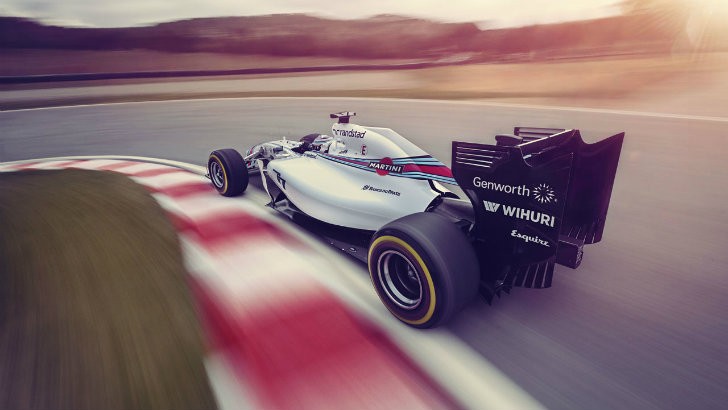The highest class of professional single-seater auto racing will return next year with a season that includes 21 Grand Prix events. Apart from the two more races over the current season, the FIA informs that the 2015 Formula 1 season will add some noteworthy changes to the regulations.
Federation International de l’Automobile president Jead Todt and the World Motor Sport Council have confirmed at Doha that the Mexican Grand Prix got the green light for November 1st, 2015. The other new Grand Prix event is the Korean stint, which is programmed to take place on May 3rd, next year.
Until summer break arrives, offering drivers a little breather, the 2015 Formula 1 calendar includes: Australia (March 15), Malaysia (March 29), China (April 12), Bahrain (April 19), Korea (May 3), Spain (May 10), Monaco (May 24), Canada (June 7), Austria (June 21), Great Britain (July 5), Germany (July 19), Hungary (July 26), Belgium (August 23) and Italy (September 6).
Fast forward a couple of weeks and the season continues with the Singapore Grand Prix (September 20), followed by Japan (September 27), Russia (October 11), USA (October 25), Mexico (November 1), Brazil (November 15) and Abu Dhabi (November 29). The FIA released a lengthy document regarding all-new or modified regulations, but we had a look at it and some things caught our attention more than others.
In comparison to the 2014 Grand Prix of Abu Dhabi, the governing body of the king motorsport decided to drop double points for drivers and constructors. As far as qualifying is concerned, 24 eligible single seaters will see the exclusion of 7 after Q1 and Q2. If there are only 22 cars participating, the slowest 6 will be removed after Q1 and Q2. Unsafe releases translate to a hefty 10-second stop-and-go penalty.
Last but not least, the FIA paid great attention to a certain crash that happened at the Japanese Grand Prix this October. Alas, the Zylon anti-intrusion panels on both sides of the survival cell have been extended upwards to the rim of the cockpit and alongside the pilot's head for improved protection.
Until summer break arrives, offering drivers a little breather, the 2015 Formula 1 calendar includes: Australia (March 15), Malaysia (March 29), China (April 12), Bahrain (April 19), Korea (May 3), Spain (May 10), Monaco (May 24), Canada (June 7), Austria (June 21), Great Britain (July 5), Germany (July 19), Hungary (July 26), Belgium (August 23) and Italy (September 6).
Fast forward a couple of weeks and the season continues with the Singapore Grand Prix (September 20), followed by Japan (September 27), Russia (October 11), USA (October 25), Mexico (November 1), Brazil (November 15) and Abu Dhabi (November 29). The FIA released a lengthy document regarding all-new or modified regulations, but we had a look at it and some things caught our attention more than others.
In comparison to the 2014 Grand Prix of Abu Dhabi, the governing body of the king motorsport decided to drop double points for drivers and constructors. As far as qualifying is concerned, 24 eligible single seaters will see the exclusion of 7 after Q1 and Q2. If there are only 22 cars participating, the slowest 6 will be removed after Q1 and Q2. Unsafe releases translate to a hefty 10-second stop-and-go penalty.
Last but not least, the FIA paid great attention to a certain crash that happened at the Japanese Grand Prix this October. Alas, the Zylon anti-intrusion panels on both sides of the survival cell have been extended upwards to the rim of the cockpit and alongside the pilot's head for improved protection.

